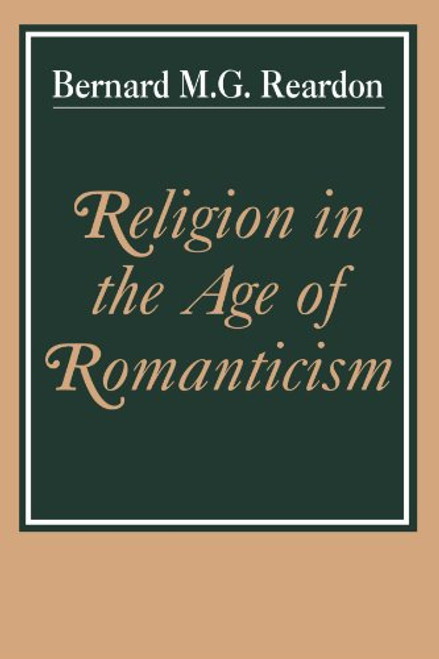Product Overview
The term 'biology' first appeared in a footnote in an obscure German medical publication of 1800, but a century of subsequent activity was needed to create a thriving science. This book offers a concise yet comprehensive examination of essential themes in this development. To one group of nineteenth-century biologists, largely comprised of anatomists, histologists and embryologists, the appearance and constituent structures of the plant or animal body seemed all-important; they studied organic form and the means by which it was brought into being. A second group concentrated on the vital processes diversely exhibited by all living creatures. They studied function, their self-assigned task as physiologists being to understand the innermost workings of the body. To a third group of workers the greatest concern was the relationship, past and present, between the various kinds of plants and animals and between living things and their changing environment; in studying the transformation of life over vast spans of time, they largely recast the scientific objectives of natural history. Form, function, and transformation thus offer useful vantage points from which to observe the development of the life sciences during the nineteenth century, and it is on a discussion of these themes and their interactions that Professor Coleman's account is based.










